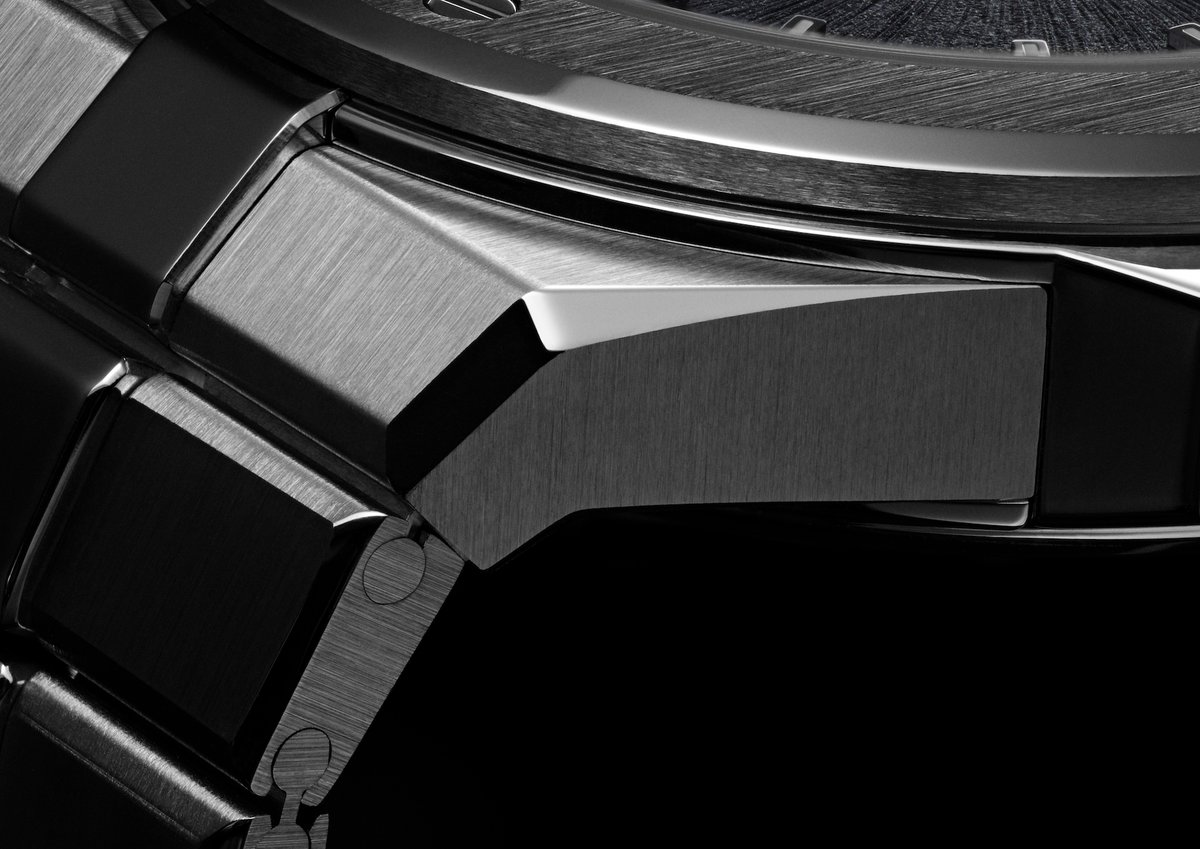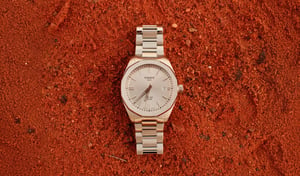The ethics of luxury is a topic that isn’t often discussed, with attention typically directed towards craftsmanship, tradition, and innovation instead of how such rarified objects are created. Chopard, on the contrary, has been an industry leader in the sustainable and ethical manufacturing of watches and jewellery for many years and remains one of the few luxury names pursuing ethically sourced materials.
The conversation around conflict diamonds and unethically sourced gemstones has grown over the last few decades. But beyond the diamonds and gems being sourced from unethical mines, precious metals such as gold, platinum, and rare earth metals have also historically been linked to questionable origins.
It was a United Nations-led meeting that paved the way for the 2003 Kimberley Process Certification Scheme, which aims to protect human rights and properly trace conflict diamonds — a scheme that Chopard follows and supports to this day. Chopard also holds an important position on the Board of Directors of the Swiss Better Gold Association and follows the Responsible Jewellery Council Chain of Custody for the gold used by the brand.

In addition to its ethical sourcing of diamonds and gemstones for jewellery, this year marks the 10th anniversary of Chopard’s L.U.C Tourbillon QF Fairmined watch. When it was launched in 2014, it was the first watch in the world to be made entirely out of Fairmined gold, paving the way for Chopard to claim 100% ethically produced gold across all of its watch and jewellery production in 2018.
Not only is Chopard’s gold being freshly mined responsibly and using chain-of-custody gold from RJC-certified refineries, but recycling materials has long been a core part of its sustainable modus operandi. The family-owned brand invested in its in-house foundry in 1978, allowing gold to be recycled from scrap and production waste.

Gold isn’t the only recycled material Chopard celebrates, however, with the brand’s proprietary Lucent Steel launching in 2019 with the revival of the Alpine Eagle watch collection. When Lucent Steel was first debuted it was the result of four years of research and development in the pursuit of Chopard wanting to, “treat steel as if it were gold.”
Anti-allergenic and offering greater resistance to abrasion than regular steel, Lucent Steel is also much shinier and more reflective than typical steel, confirming Chopard’s efforts to elevate steel to the level of precious metal. Today, Lucent Steel has allowed Chopard to ensure at least 80% of the steel it uses for watchmaking is recycled (set to reach 90% by 2028).

Today, Chopard is one of the few large jewellery and watchmaking firms with both a Responsible Sourcing Policy and a Chopard Partner Code of Conduct published publicly on its website, underscoring its commitment to ethical and sustainable manufacturing. Regardless of diamonds, gemstones, precious metals, or even steel, Chopard invests heavily to ensure the materials it uses are sustainably and ethically sourced.
This article is sponsored by Chopard. Thank you for supporting the brands that support Boss Hunting.












